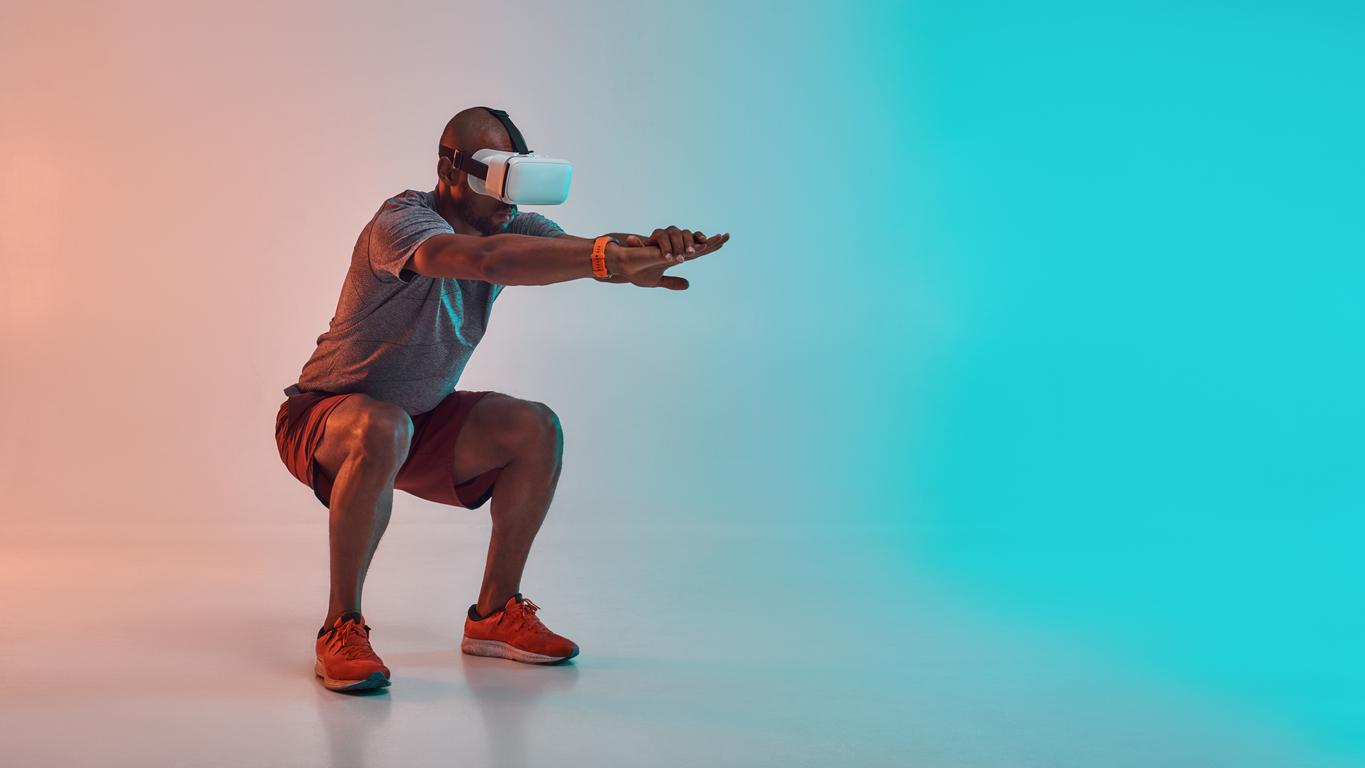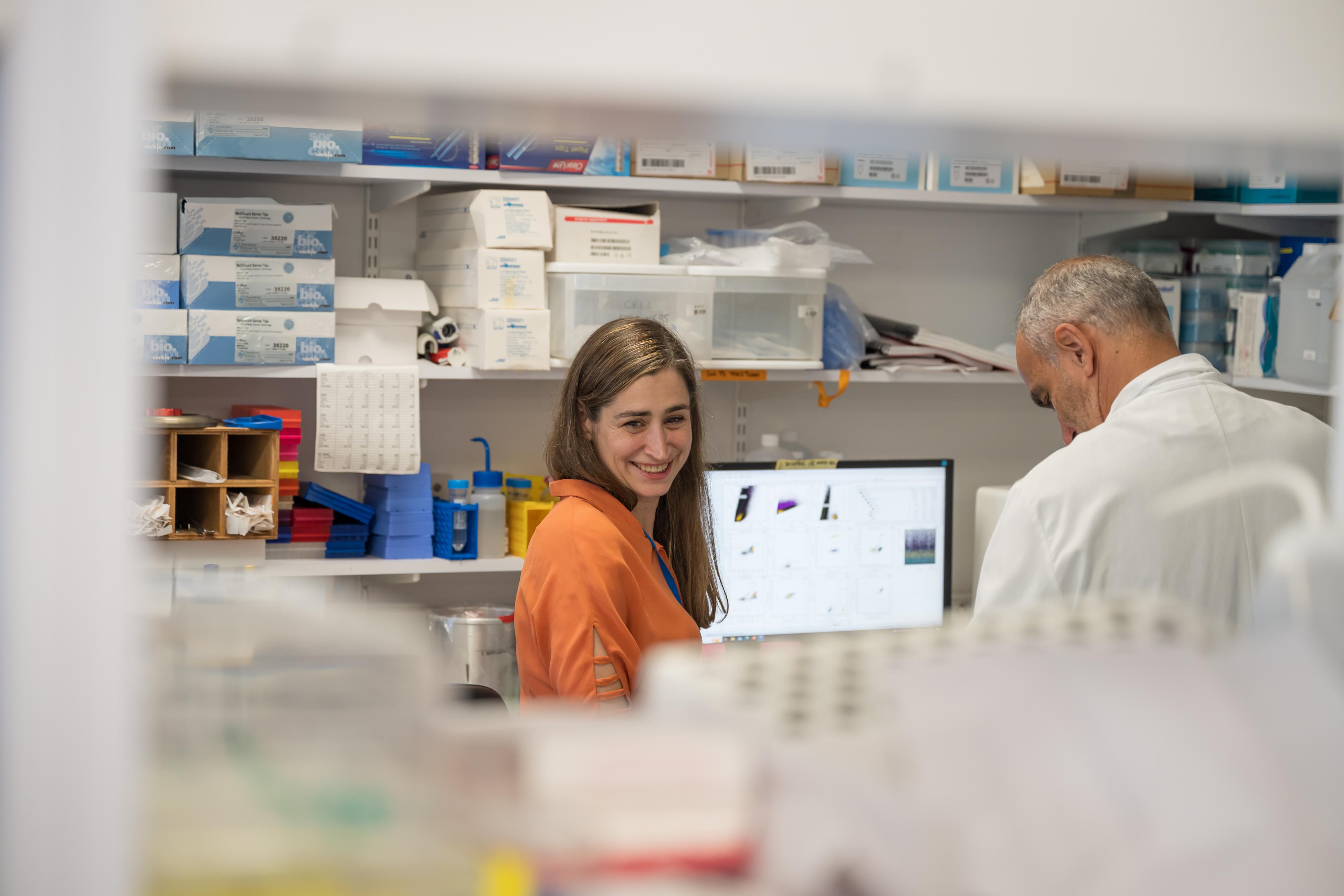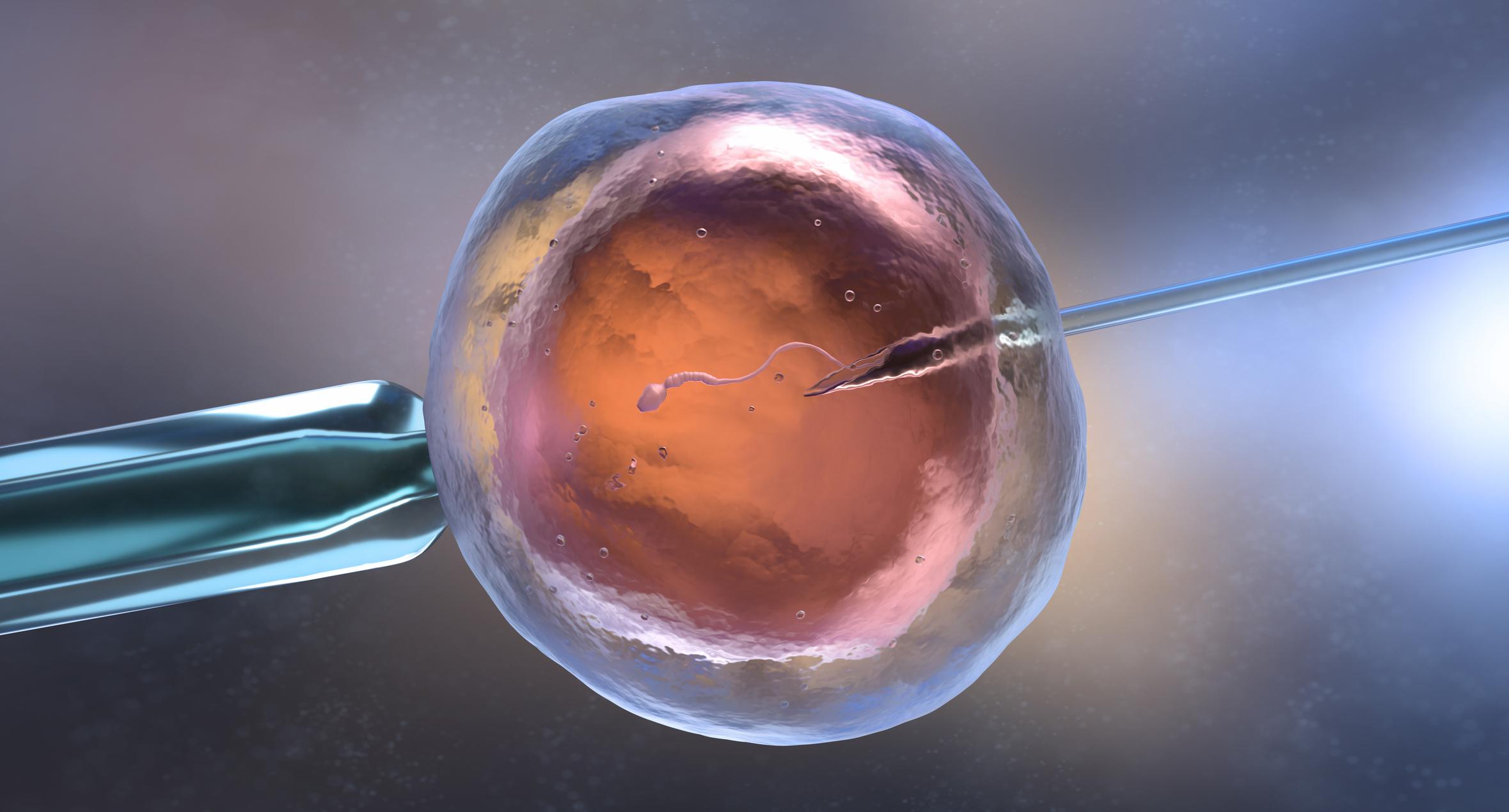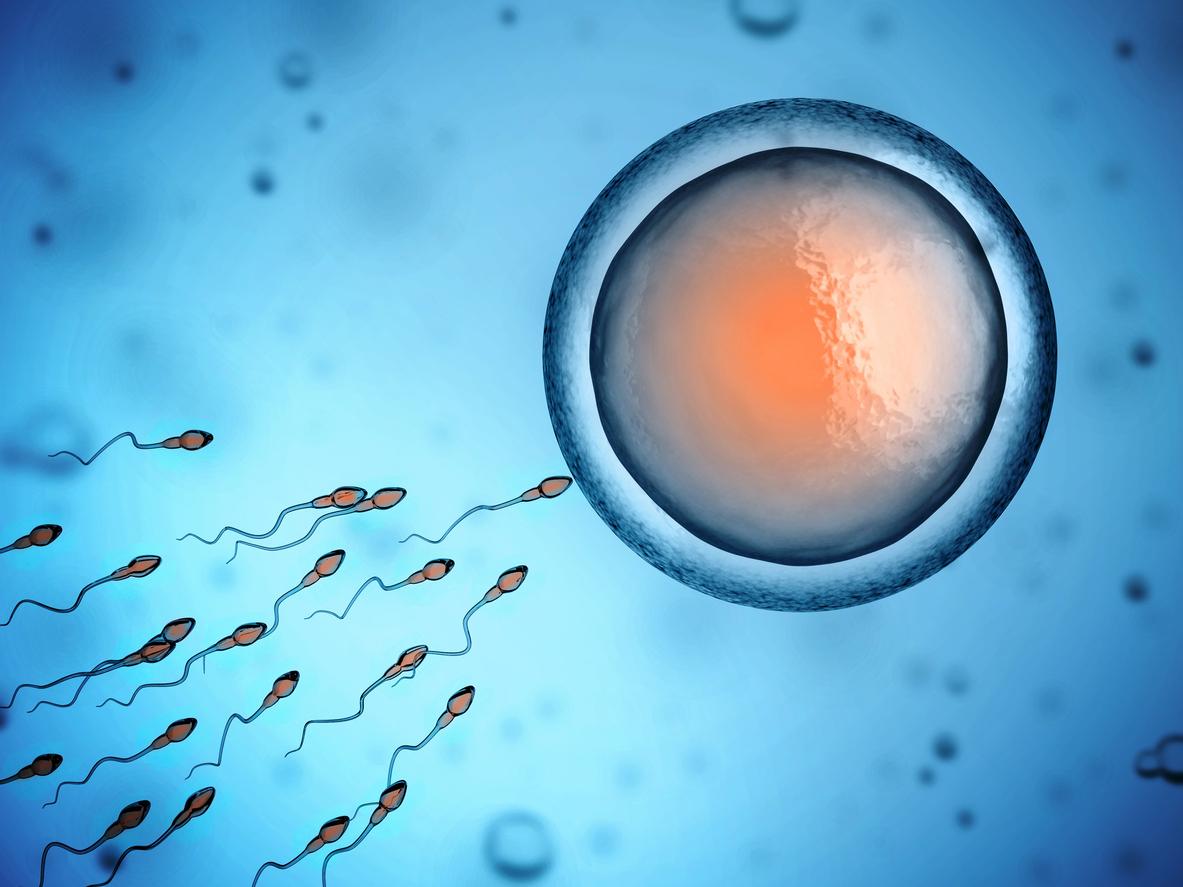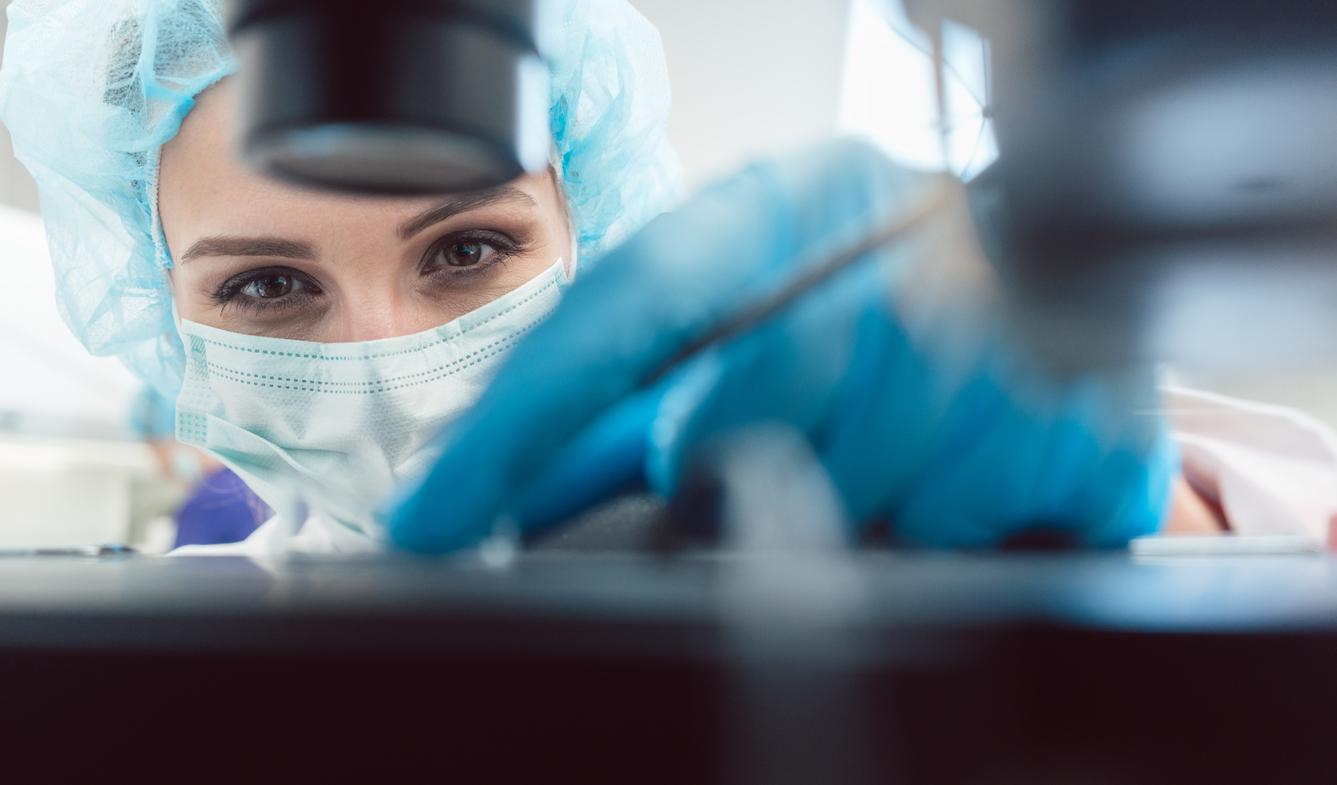Using stem cells, British scientists have succeeded in reproducing in the laboratory the very first stages of development of a human embryo.

- Fertility research faces scarcity of human embryos
- This work could make it possible to better study the stages of embryo development to avoid miscarriages and improve in vitro fertilization techniques.
The creation of human life in the laboratory is a little further from the register of science fiction. A few weeks after an experiment that allowed a hybrid human-monkey embryo to develop for up to 20 days from stem cells, scientists from Exeter in Great Britain announce that they have succeeded in recreating, also from cells -stem, the early structure of the human embryo. This work was published in the journal Cell Stem Cell.
What is it? In the laboratory, the organization into clusters of human stem cells (cells that have the ability to transform into different types of cells, Editor’s note) and the introduction of two molecules influencing their development resulted that 80% of the clusters constitute after three days of culture a structure almost identical to the blastocyst stage of an embryo. This stage is that of a natural embryonic structure six days after fertilization, just after the division of the fertilized egg, and it was observed that the blastocyst thus created possessed the same active genes as a natural embryo, which suggests that the continuation of its evolution would be possible.
Work that raises ethical questions
Why was this experiment conducted? Work that aims to reproduce the process of creating human life in the laboratory obviously raises real ethical questions. But at the same time, scientists continue to wonder about how these first phases of the formation of an embryo take place. And the research allowing progress in this field comes up against the fact that very few human embryos are available for such studies, which means that these are often carried out using mouse models (mice, editor’s note). But the reproductive system of these animals is quite different from that of humans.
Hence this experiment which, according to Professor Austin Smith of the University of Exeter, “opens up interesting possibilities for learning more about the human embryo”.
A research tool on infertility
What can these works be used for? “Our new technique provides for the first time a reliable system to study early development in humans without using an embryo; this should not be seen as a desire to produce babies in laboratories, but rather as a research tool. important that could benefit studies on in-vitro fertilization and infertility”, reassures Dr Guo of the Institute of Living Systems at the University of Exeter. In the UK, one in seven couples have difficulty conceiving a child.
Moreover, the next step announced by the researchers should make it possible, by letting these blastocysts develop for several additional days, to study the period which they describe as “critical” when the embryo is implanted in the uterus. It is indeed at this stage that many embryos do not develop properly. A better knowledge of what is at stake at this moment could thus shed light on the conditions necessary to avoid miscarriages.







